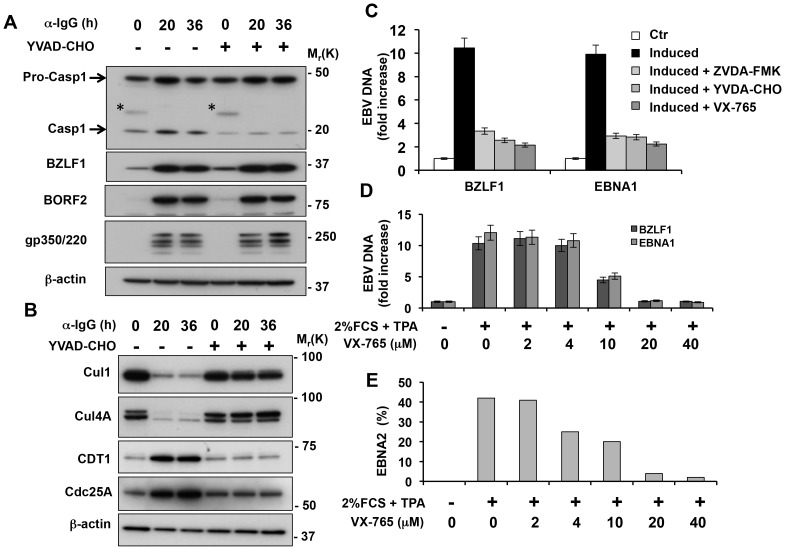Figure 7. Inhibition of caspase-1 prevents the inactivation of nuclear CRLs and hampers EBV DNA replication.
A. Caspase-1 is constitutively active in Akata-Bx1 and is further activated during virus replication but is not required for expression of the lytic cycle genes. Akata-Bx1 cells were induced in the presence or absence of caspase-1 inhibitors and western blots were probed as indicated. The asterisks in the caspase-1 blot indicate residual IgG heavy chains detected by the secondary antibody. One representative experiment out of three is shown. B. Inhibition of caspase-1 prevents the degradation of cullins and stabilization of CRL substrates. Western blots of cell lysates produced as described in Figure 7A were probed with the indicated antibodies. One representative experiment out of three is shown. C. Inhibition of caspase-1 hampers EBV DNA replication. The amount of viral DNA was measure by BZLF1 and EBNA1 specific Q-PCR in control induced Akata-Bx1 and cells induced in the presence of the indicated caspase-1 inhibitors. Mean ± SE of three experiments. D. The productive virus cycle was induced in the EBV positive B95.8 cell line by culture in medium supplemented with 2% FCS and 20 ng/ml TPA in the absence or presence of increasing concentrations of the caspase-1 inhibitor VX-765. The synthesis of viral DNA was monitored after 48 h by BZLF1 and EBNA1 specific Q-PCR. Mean ± SE of three experiments. E. Spent supernatants were collected after 2 weeks and the presence of infectious virus was measured by the induction of EBNA2 specific immunofluorescence in infected EBV negative BJAB cells. The mean % EBNA2 positive cells recorded in two independent experiments is shown.

